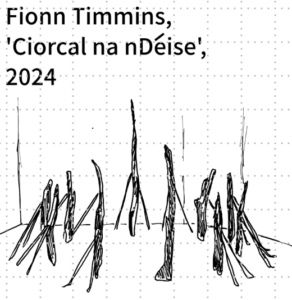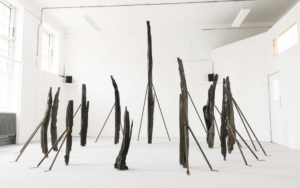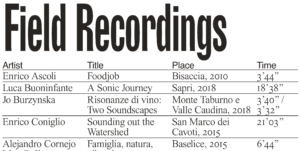Week 7
After presenting my speculative project last week I received helpful feedback from my peers. While my aesthetic was clear and well received (I went a the hand-drawn approach) it was felt that the inclusion of photographs of the artworks I was tracing would have been a nice addition.


There were concerns at the end as to whether or not the archive system I had proposed would be necessary. The project is rooted in folklore and the importance of aural history, emphasised bt the design of the conversation pit and residency of the storytelling group Seanachoiche. Therefore I felt an online archive of the transcriptions of stores told during the project would be an important addition. It would be a way of keeping these stories alive. The main concerns was about the ethics of documenting the stories being told, and if they should even be transcribed and retold. Should the stories exist within the confines of the installation? Tino Seghal was mentioned as an example. He bans any documentation of his work, and goes as far as verbally communicating his ephemeral work to those who purchase them as opposed through a verbal agreement. Even those who have been hired by the artist to partake in his performances generally steer clear of relaying the work (as noted in this article https://www.theartnewspaper.com/2013/05/01/audio-archive-breaks-silence-on-sehgal).
However I don’t see any ethical concerns here as the stories I would ask to be shared are stories of folklore and mythology that we only know today thanks to word of mouth. Therefore they should be told and retold again through an online archive. I enjoy the format of the Rural Futurism Manifesto archive (https://www.ruralfuturism.com/). The layout of their Field recordings is succinct. Perhaps I would add a verbal transcription alongside the recordings for accessibility purposes.


